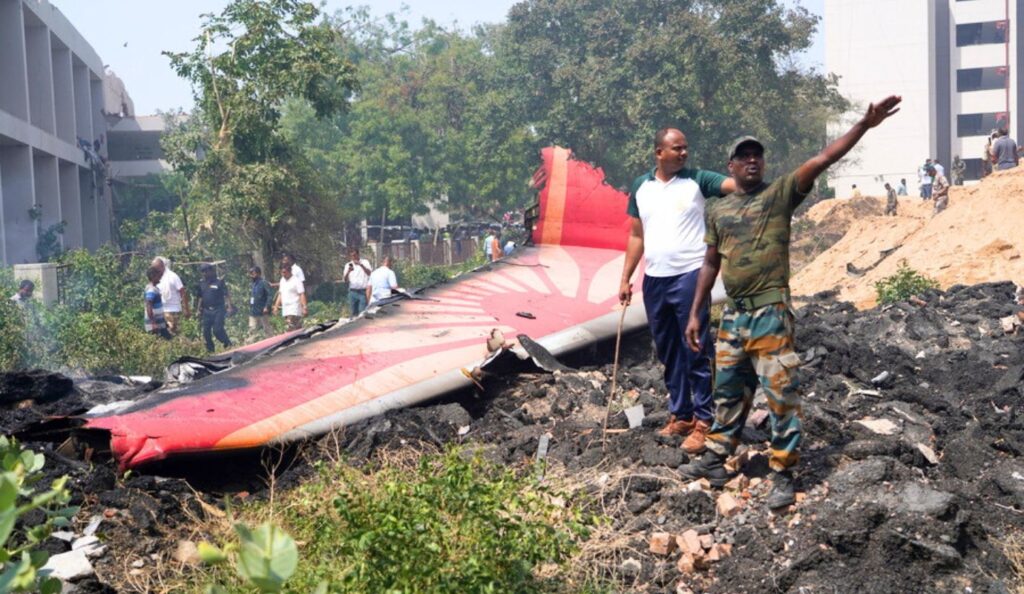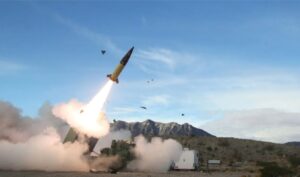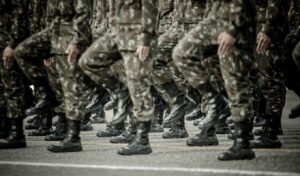The repatriation of British citizens killed in the Air India Flight 171 tragedy has caused fresh grief and anger, as serious identification errors have come to light, according to the Daily Mail.
Families of victims are being forced to cope with unexpected pain after it was revealed that some bodies were incorrectly identified. In one case, relatives were forced to cancel a funeral when it was discovered that the coffin contained the remains of the wrong person. In another, remains of different passengers were placed in the same coffin.
The shocking errors were only revealed when Inner West London coroner Dr. Fiona Wilcox attempted to verify the identity of repatriated Britons by matching their DNA with samples provided by families. A thorough investigation is underway and British Prime Minister Keir Starmer is expected to raise concerns with his Indian counterpart Narendra Modi during his official visit to Britain this week.
Air India: Uncertainty for victims’ families due to identification errors
While two cases of misidentification have come to light so far, there are fears that more such errors may have occurred, plunging victims’ families into uncertainty.
Of the 261 people who lost their lives when Air India Flight 171 crashed seconds after departure from Ahmedabad to London Gatwick, 52 were British.
While some victims were either quickly cremated or buried in India according to their religious beliefs, aviation lawyer James Healy-Pratt, who represents many of the British families, says the bodies of at least 12 victims have been repatriated.
Although the family that received “mixed” remains was able to separate them and hold a funeral service, he said, the second group of relatives – whom he called Family X – had been left “at a dead end”.
“Family X has no one to bury because it was the wrong person in their coffin. And if it’s not their relative, the question is, who is in the coffin? Obviously it’s another passenger and their relatives have been given the wrong remains.”
The lawyer is now trying to determine the exact chain of events in the recovery and identification process, starting from the retrieval of bodies from the aircraft wreckage and ending when they arrived in Britain.
One relative criticized the “lack of transparency and oversight in the identification and handling of remains” and there have been calls for the airline to send a British identification unit.
“No one looked at the bodies, we weren’t allowed to”
The operation to recover the remains began immediately after the plane crash. The operation was led by local rescue teams from Ahmedabad police and fire service, as well as the state disaster response force.
Within three days it’s believed the remains of almost all victims were found, although the heat of 1500 degrees Celsius had burned most beyond recognition. Others were mutilated or fragmented by the force of impact.
This meant many families collected their remains from Ahmedabad Civil Hospital – which served as the central identification hub – in plastic containers rather than coffins.
Relatives were asked to provide DNA samples to be used as identification evidence, but in the most severe cases these had to be matched with dental records.
Families could only rely on officials to execute the process accurately and properly label the containers.
“No one looked at the bodies. We weren’t allowed to,” said Altaf Taju from Blackburn, whose parents, 72-year-old Adam and 70-year-old Hasina, who lived in London, lost their lives along with their son-in-law, Altafhussen Patel, 51.
“They just said, ‘This is your mother or father’ and gave us a paper tag with an ID number. We had to take their word for it.”
By June 28, Indian authorities claimed that DNA tests had confirmed the identity of all 260 dead. Victims returned to Britain were transported by Air India, although some families complained about unnecessary delays and lack of information from the airline.




